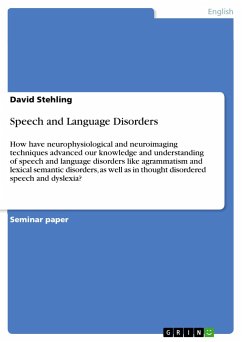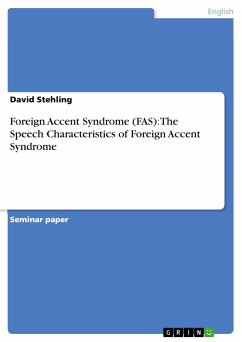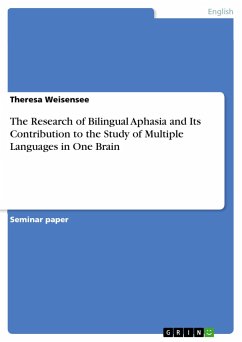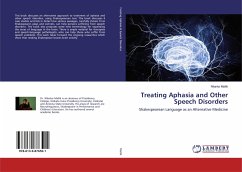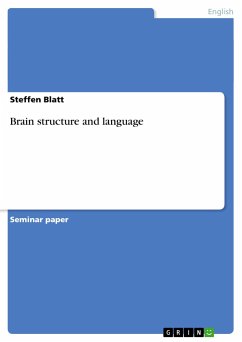Seminar paper from the year 2009 in the subject English Language and Literature Studies - Linguistics, grade: B, University of Wales, Bangor, course: Speech and Language Disorders, language: English, abstract: Language is the specific human form of communication. In this process, ideas, thoughts, and conclusions can be provided verbally or in writing. Hence, language is medium through which people communicate and it serves as a means of orientation for an individual in his/her environment, which is characterized by visual and aural inputs.Language comprehension and language processing, due to their complexity, belong to higher brain functions, which are objects of research in lots of different disciplines. The technical methods of neurophysiology have been in extensive progress since the 1950s. These methods enable researchers to examine the functions of brain activities, such as language processes. This neurophysiological progress also supports the research of speech and language disorders, such as aphasia and agrammatism, dyslexia, and thought disordered speech (as in schizophrenia). As a consequence, causes of the disorders and possible therapies (i.e., if they are successful or not) are studied.The presented essay deals with the topic, how neurophysiological and neuroimaging techniques have advanced our knowledge and understanding of speech and language disorders, especially of lexical semantic disorders (aphasia including agrammatism), as well as thought disordered speech (schizophrenia) and dyslexia. In order to discuss this issue, the theoretical background of these disorders will be considered to discuss the functions of the respective techniques in each case. The techniques are briefly described in advance to provide the basis for the discussion.

